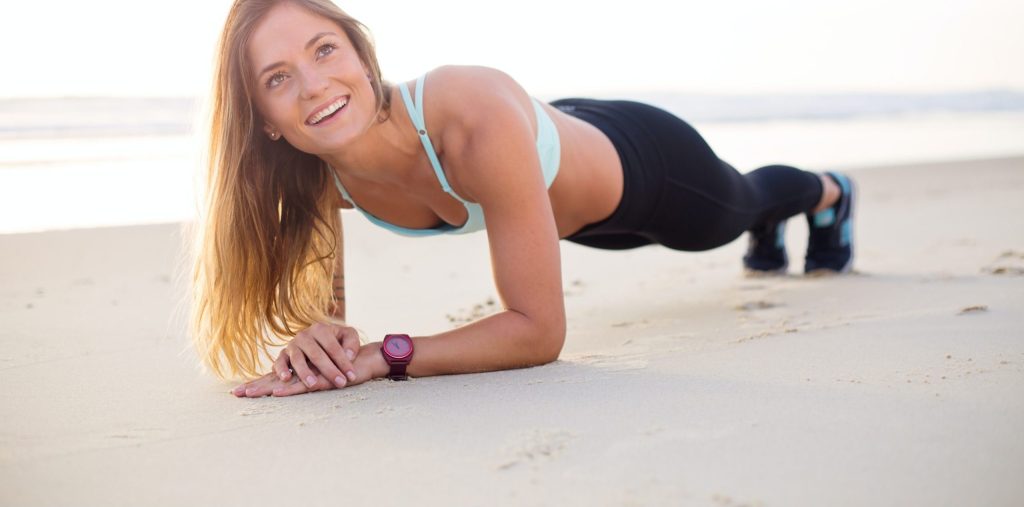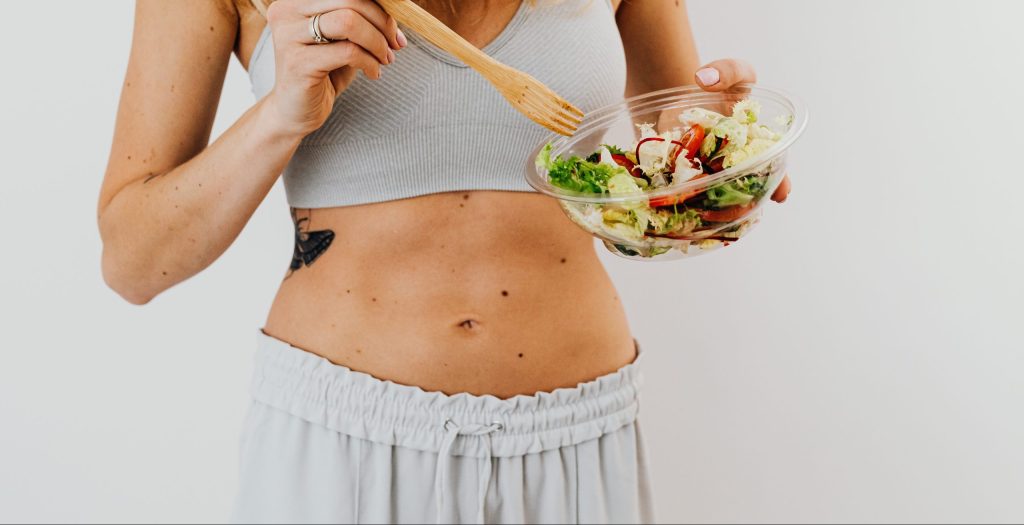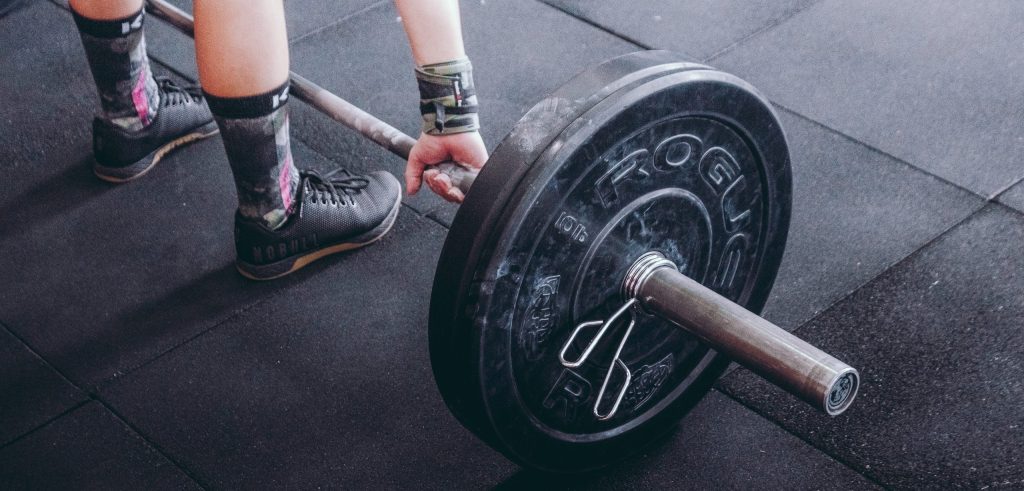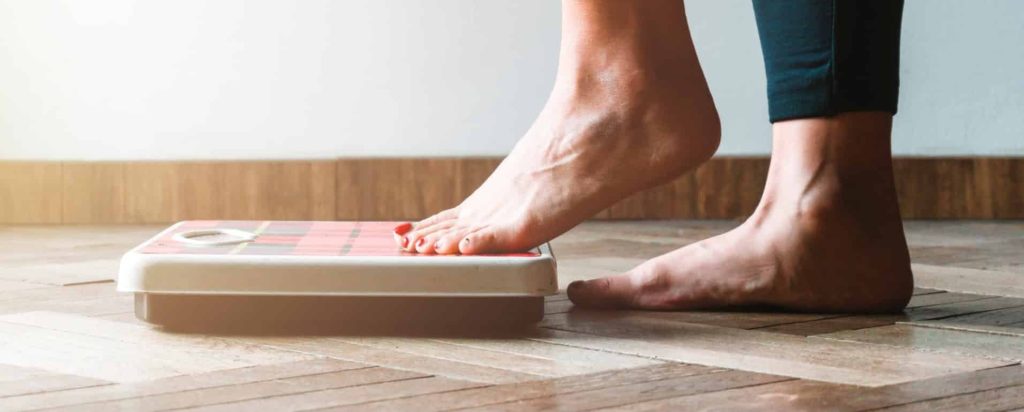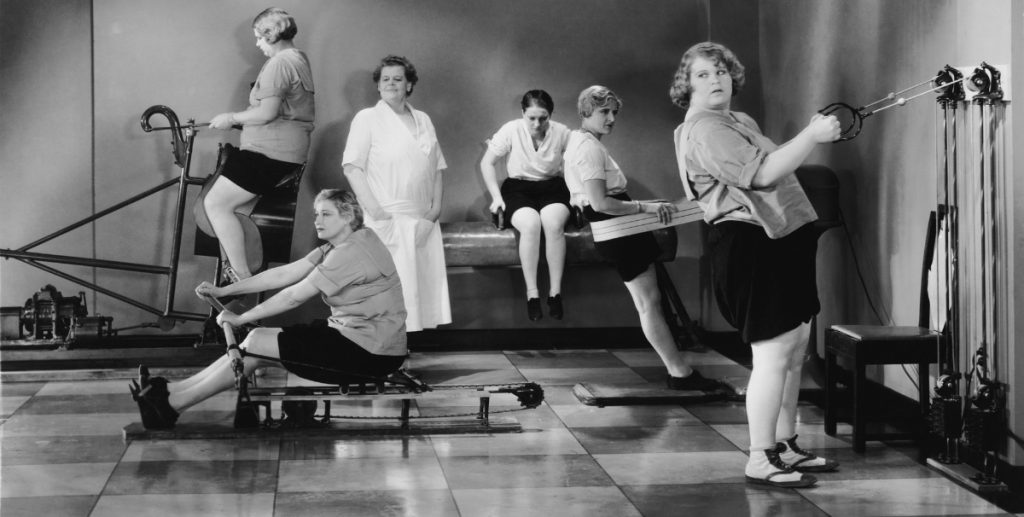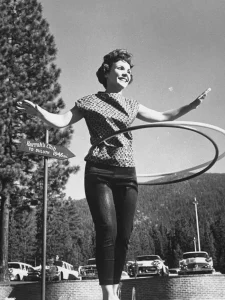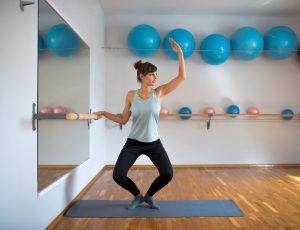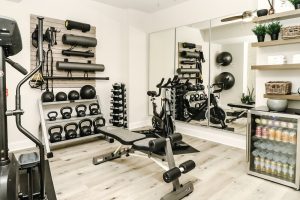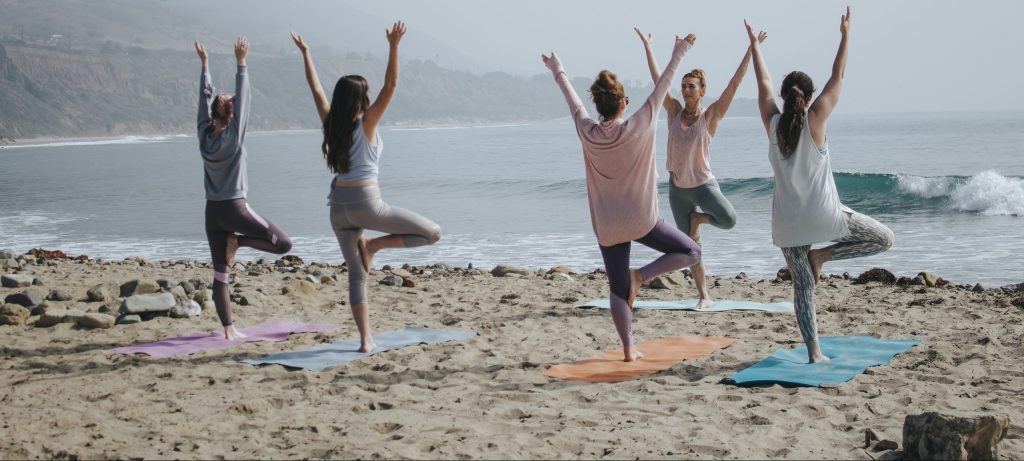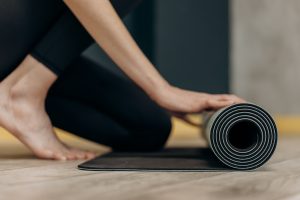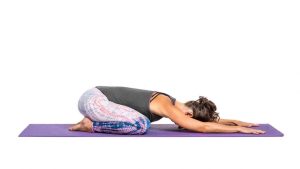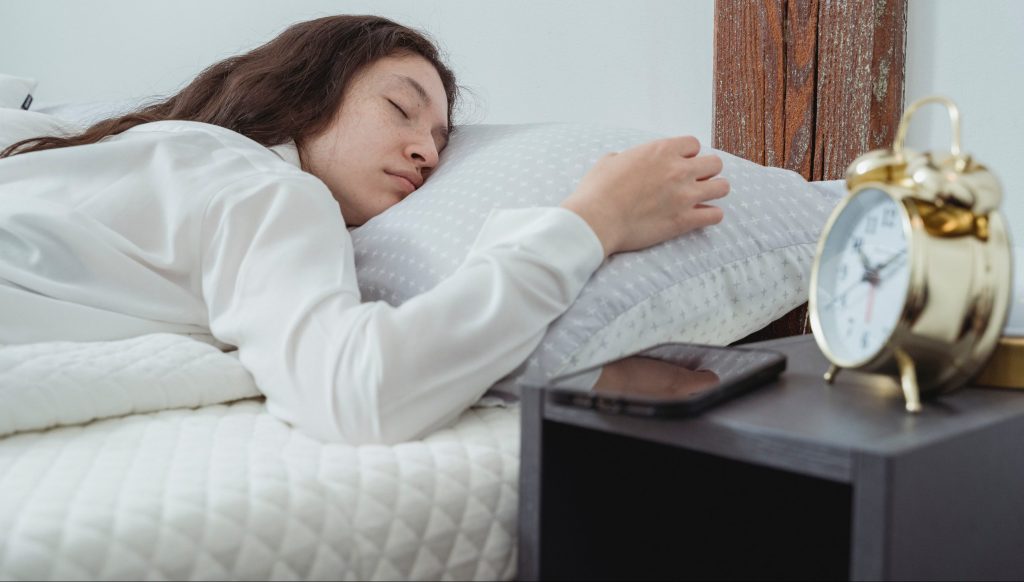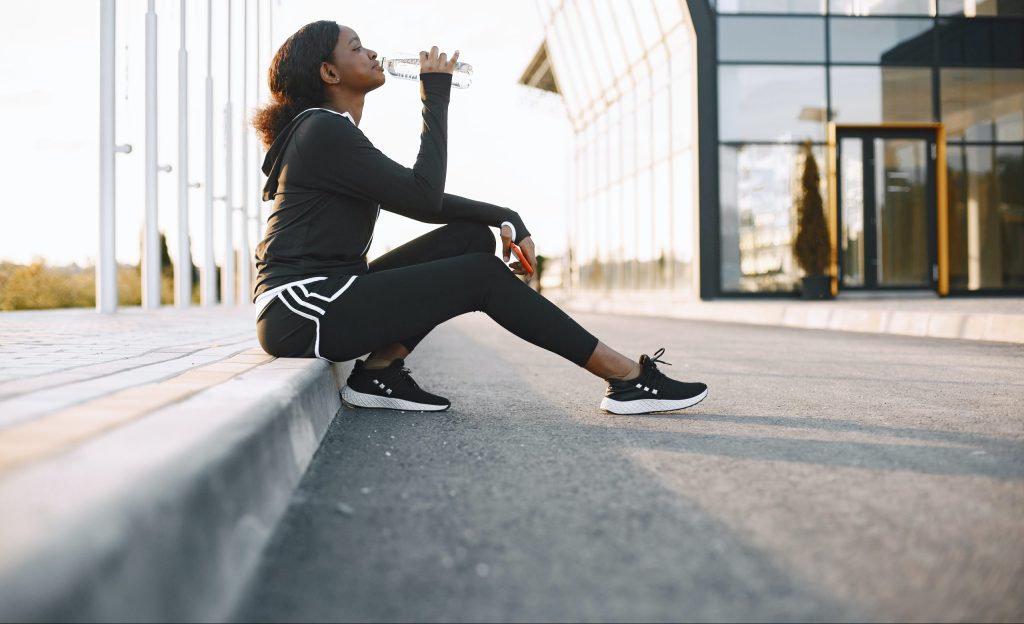How to Overcome your Insecurities
Following beauty standards in this day and age, when social media rules over our lives is impossible. Trends come and go, and they all seem to attack men and women for the way they look or don’t look. When you scroll through TikTok or Instagram, all you see is people that seem perfect. They look beautiful, have glass skin, “perfect” body, and a perfect life. But how do you know that what you’re seeing is real? Almost every content creator or influencer that you see on social media can fool you into thinking that they’re the epitome of some beauty standard, by using filters, and video editing.
However, the truth of the matter is, that even those people have something to be insecure about. People that seem very confident can also struggle with self-image, they have just found a way to accept their imperfections. Having insecurities is normal, but not ideal for your self-image and confidence. So, how do you work on overcoming your insecurities? Let’s begin by understanding these feelings and their causes.
What is insecurity?
Insecurity involves an overall sense of uncertainty or anxiety about your worth, abilities, skills, and value as a person, conveying the message that you’re at risk or in danger of something or someone. That negative impacts of insecurity could be physical, mental, or emotional. Without security, you can’t accomplish full trust or function to your fullest potential.
Why you’re insecure.
The reasons for insecurity can be different for every individual. Some reasons can be: a low self-worth, low confidence, childhood trauma (such as emotional abuse, bullying etc.), anxiety, or even perfectionism. Social media could also be making you insecure, and a cause for most of the things listed above, be careful of what kind of content you consume on the internet!
Here is how to start working on overcoming your insecurities with three basic steps:
-
-
Understand that other people also struggle with their insecurities.
-
As we already mentioned above, everyone you know struggles with their body image and self-worth. Did you know that Henry Cavill, the actor that is famous amongst men and the gym community for his perfectly masculine features and body, was a chubby kid, constantly bullied for his looks during his childhood? Yes, even the most “perfect-looking” celebrities struggle with their body image, and even eating disorders. Just like you, they are under societal pressure to look a certain type of way, and have feelings of insecurity. Some celebrities and influencers choose to be open about their struggles, in order to help some people like us feel less alone.
-
-
Do not compare yourself to other people
-
On the other hand, comparing yourself to people on the internet, might be your biggest mistake! Mindlessly scrolling through social media, looking at fit, skinny or curvy women, and questioning why you don’t look like them, is feeding your insecurities. However, everyone is guilty of this crime, we all compare ourselves to others. We already talked about this in our previous blog, but comparison is the thief of joy. Work on self-love and be realistic on what you can “improve”, if you really feel the need to that. For example, you are insecure about your small glutes and stumpy legs. You cannot elongate your legs, but you can gain lean muscle and shape your legs to look less stumpy. You can also grow your glutes with increased protein intake and shape them with certain exercises. Another thing to consider is that you might be somebody’s body goals!
So stop beating yourself up for the way you look, you are perfect the way you are to somebody else, and you should be enough for yourself too.
-
-
Work on being the best version of yourself
-
The most important step you can follow to beat your insecurities! If you really struggle with your body image, and the way you look, the key is to accept things you can’t change, and work on the things you can change. The FitSof team believes in positive change and self-improvement. There is no need to starve yourself, or overexercise to look your best: your fitness journey is not linear, and it will take time to reach your goals. Your physical and mental health should be your first priority! If you do prioritize these things, you will gain your confidence back, your insecurities will be invisible, and you will be unstoppable.
Lastly, remember this quote the next time you compare yourself to someone you see on social media:
All that glitters is not gold


